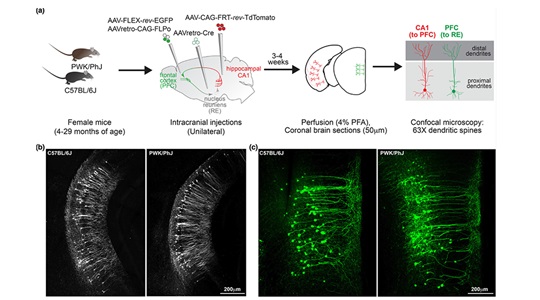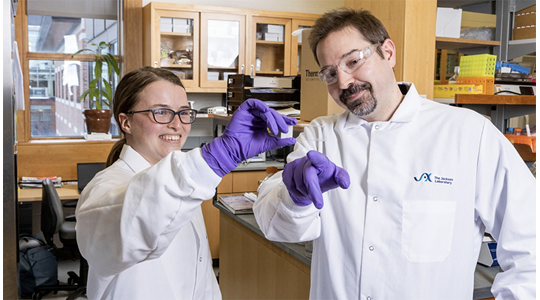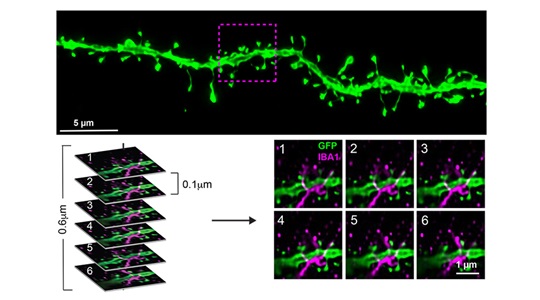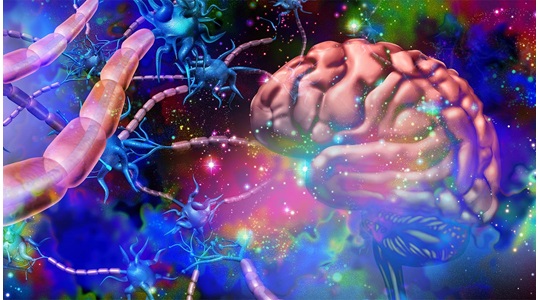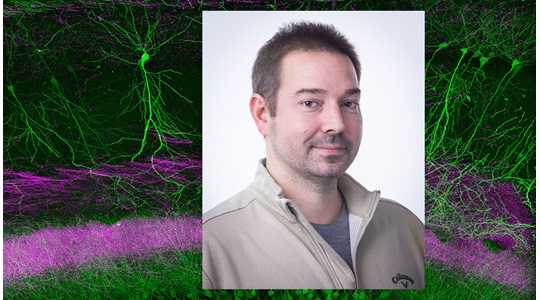Erik Bloss, Ph.D.
Assistant Professor
The Bloss Lab uses various genetic, structural and functional approaches to understand how synaptic connectivity among cortical cell types underlies behaviorally-relevant neural computations.
Over a century after Cajal’s Nobel Prize for the Neuron Doctrine, we are finally beginning to combine the power of genetic engineering with high resolution microscopy to untangle the brain’s neural circuitry. Using a combination of transgenic mice, viral tools, large-volume yet high-resolution imaging, and computational techniques, my work has shown that neurons are wired in precise ways that drive specific forms of cellular and circuit computations.
My present work is focused on how such wiring supports the flexible use of behaviors, and how these wiring patterns relate to susceptibility or resilience in genetic models of neurodegenerative diseases. We will test our hypotheses using a variety of experimental approaches including array tomography, electron microscopy, rabies circuit tracing, calcium imaging, and chemogenetic perturbations in awake, behaving mice. Ultimately, a detailed understanding of the relationship between neural circuit structure and cognitive function will be necessary to fully comprehend how brain function and dysfunction emerge from its constituent cell types.
Education and experience
Education
Janelia Research Campus/HHMI
Postdoctoral fellow
Advisor: Dr. Nelson Spruston
2012-2019
Mount Sinai School of Medicine
Ph.D., biomedical science
Advisor: Dr. John H. Morrison
2007-2012
University of Colorado–Boulder
B.A., psychology/biology
2001-2005
Experience
The Rockefeller University
Research Assistant
Advisor: Dr.Bruce S. McEwen
2005-2007
University of Colorado–Boulder
Research Assistant
Advisor: Dr. Linda Watkins
2003-2005
